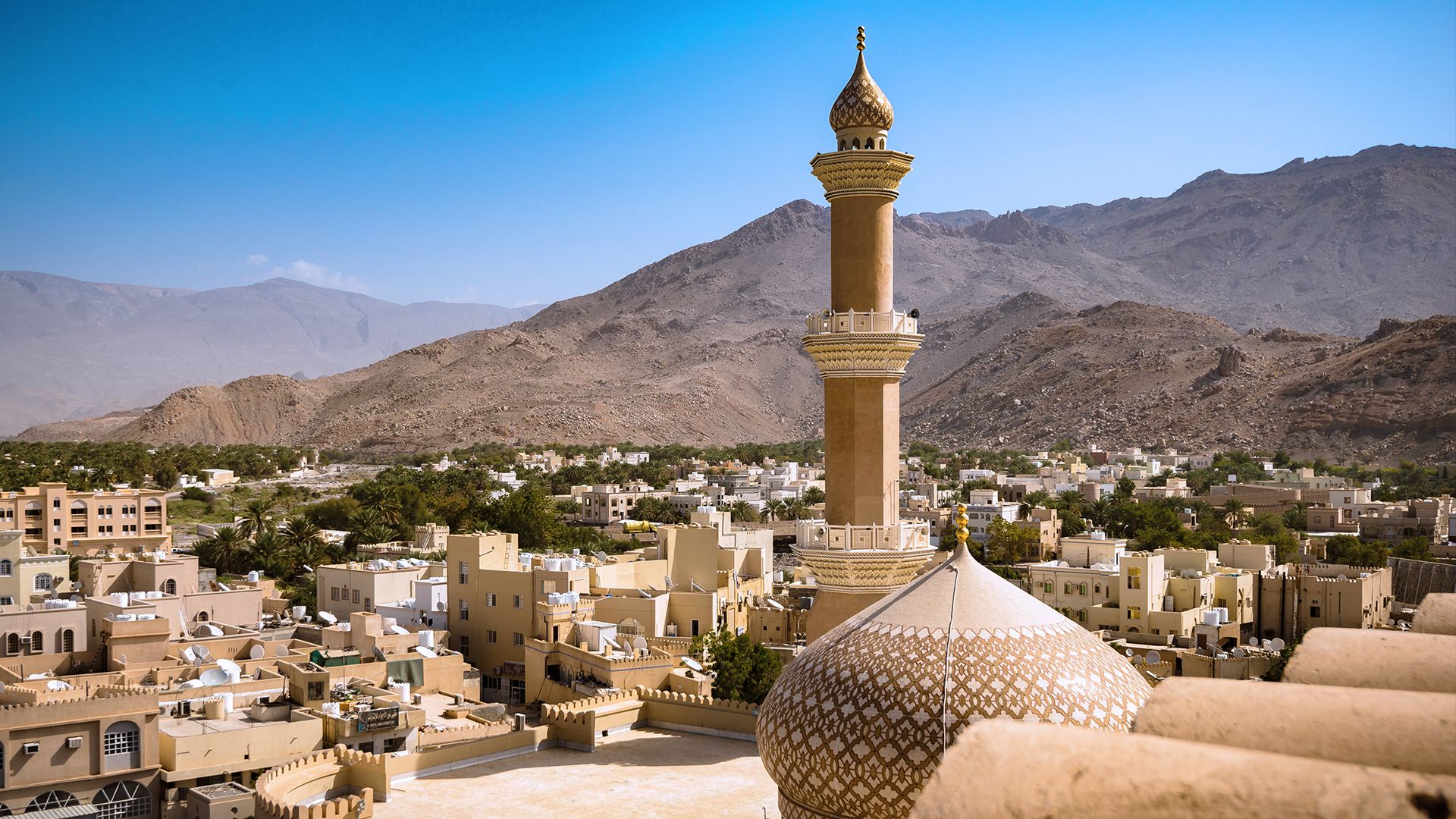Oman's Path to Economic Diversification: Embracing Non-Oil Sectors
- Oman | 7 October 2021

The discovery of oil in the Middle East almost a century ago has had both positive and negative implications for the region, particularly in terms of its economic and geopolitical effects. Oman, a latecomer to the oil industry, experienced a significant transformation after the discovery of commercially viable oil fields in 1962. The influx of petrodollars propelled the Omani economy, leading to a remarkable increase in GDP and driving rapid development in the country. However, the nation recognizes that it cannot rely on oil indefinitely and has set its sights on diversifying its economy and promoting non-oil sectors.
Oman acknowledges the inherent risks of an oil-dependent economy, including price fluctuations and the finite nature of oil reserves. The volatility experienced during the oil crashes of 2014 and 2020 highlighted the need to reduce reliance on oil. Additionally, the global shift towards clean energies necessitates a transition away from fossil fuels. While petroleum and its byproducts continue to form the backbone of Oman’s economy, the government recognizes the importance of diversification to ensure long-term sustainability.
Petroleum Development Oman (PDO), the nation’s leading exploration and production company, plays a crucial role in the oil sector. With the government holding a 60% stake, PDO collaborates with a consortium led by Royal Dutch Shell and other partners to enhance oil exploration and extraction technologies in the country. Although the oil sector currently performs well, Oman understands that it can no longer solely rely on it to drive economic growth.
Oman has set an ambitious target for the future, aiming to derive over 90% of its GDP from non-oil sectors by 2040. To achieve this goal, the country is investing heavily in technology infrastructure, recognizing the transformative power of technology in driving economic diversification. Khalifa Abdullah Al-Barwani, CEO of the National Centre for Statistics and Information, highlights the importance of sectors such as tourism and international trade in Oman’s economic recovery, expressing optimism for future GDP growth.
Tourism emerges as a significant potential sector for economic growth in Oman. The COVID-19 pandemic disrupted tourism arrivals, but it also presented an opportunity to reassess and enhance Oman’s masterplan for becoming a regional tourism hub. Commentators emphasize the need to preserve the country’s authenticity, strike a balance between modernity and tradition, and offer unique experiences to visitors. Oman’s natural beauty, cultural diversity, and the warm hospitality of its people provide a solid foundation for attracting tourists once travel restrictions ease and vaccinations become widespread.
Omani tourism authorities recognize the importance of effective branding strategies and advertising to attract and retain tourists. The first impression that Oman creates upon the reopening of tourism will be crucial in ensuring a growing number of visitors in the future. The country’s rich cultural heritage, breathtaking landscapes, and friendly populace position it as a compelling destination for travelers seeking unique experiences.
Oman’s journey from an oil-dependent economy to a diversified and sustainable one is well underway. Recognizing the limitations and risks of relying solely on oil, the government is committed to promoting non-oil sectors, with tourism playing a prominent role. By leveraging its cultural heritage, natural beauty, and warm hospitality, Oman aims to become a top tourist destination in the region. With careful planning, strategic branding, and a focus on sustainable development, Oman is poised to unlock the full potential of its non-oil sectors and secure a prosperous future.








